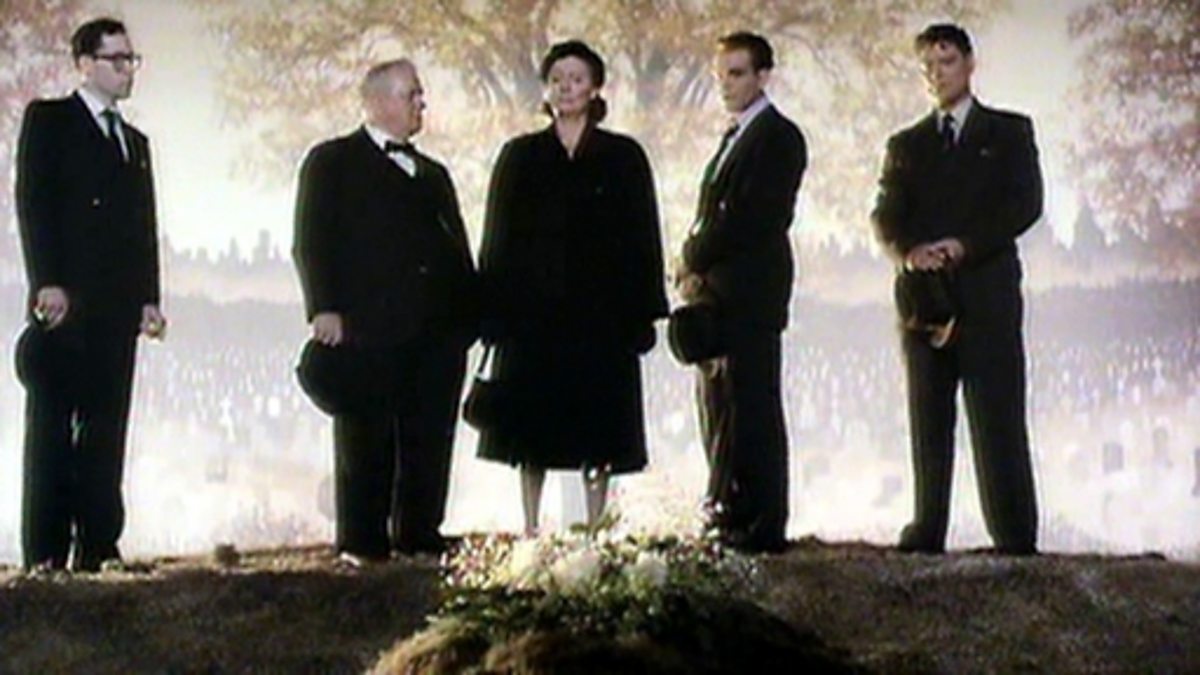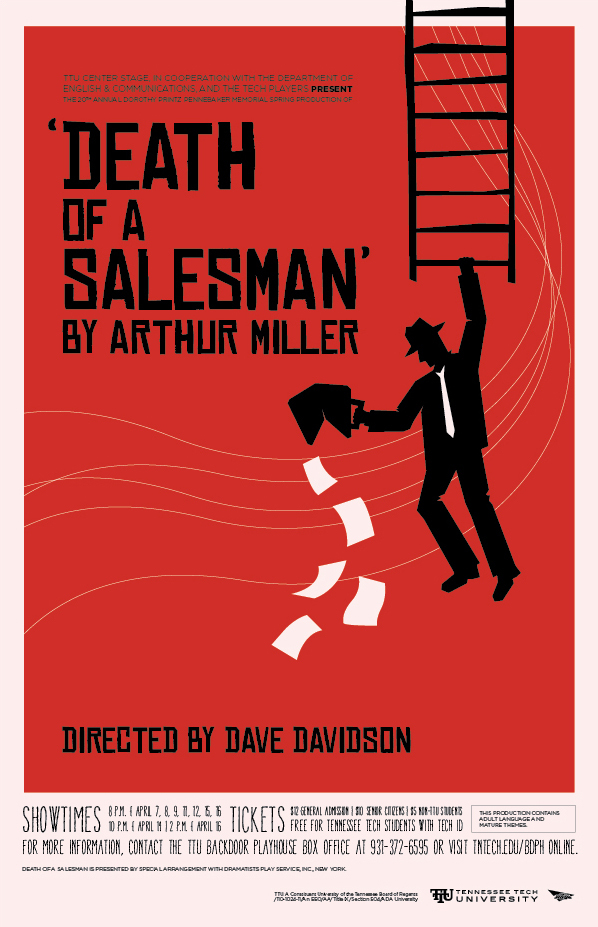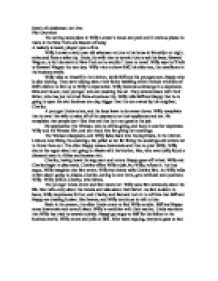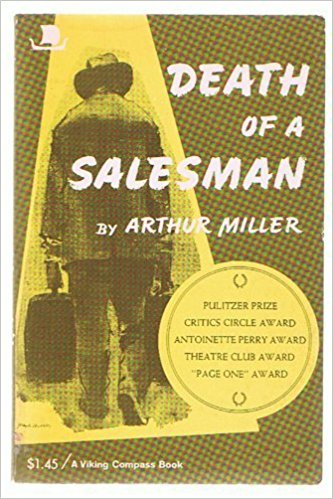


The reader must decide for themselves how concrete of a character Ben is, for example, or even how reliable the plot and narrative structure are, when told from the perspective of someone as on the edge as Willy Loman. Willy's madness and reliability as a narrator become more and more of an issue as his hallucinations gain strength. The audience or reader quickly realizes, however, that this is based on Willy's confused perspective. Madness reflects the greatest technical innovation of Death of a Salesman-its seamless hops back and forth in time. Miller, however, treats the quite bourgeois subject of the nuclear family, so his interposition of the theme of madness is startling. Madness is a dangerous theme for many artists, whose creativity can put them on the edge of what is socially acceptable. Even Linda, the strongest female character, is only fixated on a reconciliation between her husband and her sons, selflessly subordinating herself to serve to assist them in their problems. They remain firmly outside the male sphere of business, and seem to have no thoughts or desires other than those pertaining to men. Women themselves are two-dimensional characters in this play. The men curse themselves for being attracted to the whore-like women but is still drawn to them - and, in an Oedipal moment, Happy laments that he cannot find a woman like his mother. The men display a distinct Madonna/whore complex, as they are only able to classify their nurturing and virtuous mother against the other, easier women available (the woman with whom Willy has an affair and Miss Forsythe being two examples). In Death of a Salesman, woman are sharply divided into two categories: Linda and other.


Significantly, Willy reaches for modern objects, the car and the gas heater, to assist him in his suicide attempts. Modernity accounts for the obsolescence of Willy Loman's career - traveling salesmen are rapidly becoming out-of-date. Although Willy Loman is a deeply flawed character, there is something compelling about his nostalgia. Miller expresses an ambivalence toward modern objects and the modern mindset. Many innovations applied specifically to the home: it was in the 50s that the TV and the washing machine became common household objects. Death of a Salesman premiered in 1949 on the brink of the 1950s, a decade of unprecedented consumerism and technical advances in America.


 0 kommentar(er)
0 kommentar(er)
